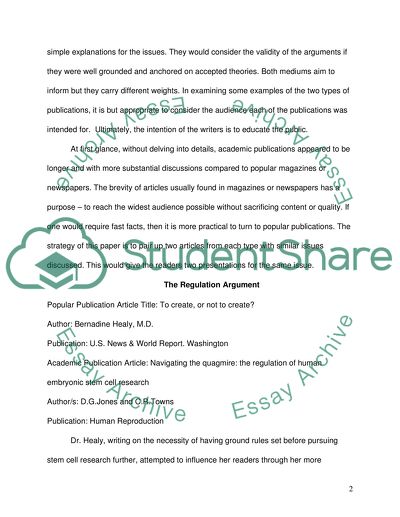Cite this document
(“Stem Cells Research Essay Example | Topics and Well Written Essays - 2500 words”, n.d.)
Retrieved from https://studentshare.org/miscellaneous/1529042-stem-cells-research
Retrieved from https://studentshare.org/miscellaneous/1529042-stem-cells-research
(Stem Cells Research Essay Example | Topics and Well Written Essays - 2500 Words)
https://studentshare.org/miscellaneous/1529042-stem-cells-research.
https://studentshare.org/miscellaneous/1529042-stem-cells-research.
“Stem Cells Research Essay Example | Topics and Well Written Essays - 2500 Words”, n.d. https://studentshare.org/miscellaneous/1529042-stem-cells-research.


